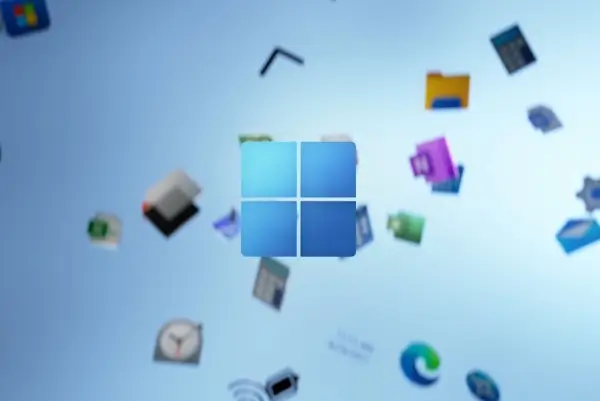Installing a 64-bit operating system on VMware can be a bit tricky as it does not install unless virtualization is activated from the Bios settings. In this post I will tell you how to install Windows Server 2008 R2 x64 and x86 (32 bit) on VMware 7.
When I first attempted to install a 64-bit Server on VMware and Virtual Box I got an error that the software was unable to recognize the hardware as 64-bit. The problem was that virtualization was not enabled. Therefore, before installing server 2008, make sure that virtualization is turned on (from the bios) on your system. I performed testing on a HP G62 core i3 system. For enabling virtualization on this machine the steps are as follows: Restart system, Press Esc, Select F10 and enable virtualization. Without enabling this option, VMware will not recognize your hardware as a 64-bit capable.
To get started with the installation of Windows Server 2008 (x64 or x86), open VMware, click on the New Virtual Machine option, select Custom (Advanced) and click Next.
In the hardware compatibility section select version 6.5-7.0. In the next step select an installation device (e.g. DVD ROM or ISO image from the hard drive) and click Next. In this installation, I used an ISO image from my hard disk.
Normally, the system will be auto detected (e.g. Windows Server 2008 x64). In case it is not automatically detected, click on Windows and select Windows Server 2008 x64 from the drop down list. If it is auto detected (as shown below) then you will simply require selecting the version to install. Depending upon your Server 2008 edition, you will get the option to install a standard, datacenter enterprise or web edition.
In the easy installation section, add a product key, name and password. You can leave the product key blank if you like. Even the password can be left blank. It might useful to leave the key blank and activate the copy of you server once you are sure that all configurations have been correctly made. Having said that, it might not be the case for many people who use VMware for mere practice using trail versions.
Select a location to save your virtual machine. Make sure that the partition you use should have at least 20GB of free hard disk space. Virtual machines seldom need a lot of space and I have even made Server 2008 VMs for practice by allocating mere 8 GB space. But allocating more space is recommended as you will require installing a lot of other components and software later on.
Next Specify the number of cores to allot to the virtual machine, make sure that you do not allocate all the cores as that can led to system instability.
Select the amount of memory to allocate to the virtual machine. I would not recommend allotting not more than half of the system memory to avoid instability and crashes. You can even allocate as little as 800MB of memory, but in that case the Aero Glass Effect will not work. Nonetheless, its good for using the virtual machine on system with 2 GB memory. Of course, you can allocate more if your system has additional memory available.
When configuring network settings, choose NAT or bridged networking to make sure that the virtual machine is able to connect to the internet. A bridged network is useful for a domain environment to connect the server with virtual client operating systems. As it can be made to works as a replication of the physical network state.
In the next step, create a new virtual hard disk, choose a hard disk type and allocate space. At least 20 GB should be allocated to avoid running out of virtual disk space. Although the initial size requirement is about 5 GB, however, installation of updates, software and server components is likely to consume a lot more disk space.
Finally, verify that all settings are properly configured (from the list of configurations that will appear) and click Finish. The operating system will normally boot automatically, however, if it does not, click any key to continue with the installation.
The rest of the installation will be more or less automatic since you would have already specified the required conifurations for the virtual machine such as the username, password, etc.
You will be prompted to change password at first login after which you can start and using Windows Server 2008 on VMware 7.
After following this procedure you will be successfully able to install a x64 or x86 version of Windows server 2008. A lot of people after installing server 2008 find the interface to be deprived of the Aero effect, which is turned off by defaults. To learn how to enable the Windows Aero effect for Server 2008, check my post
How To Enable Aero Effect On Windows Server 2008 (Both x86 & x64).




